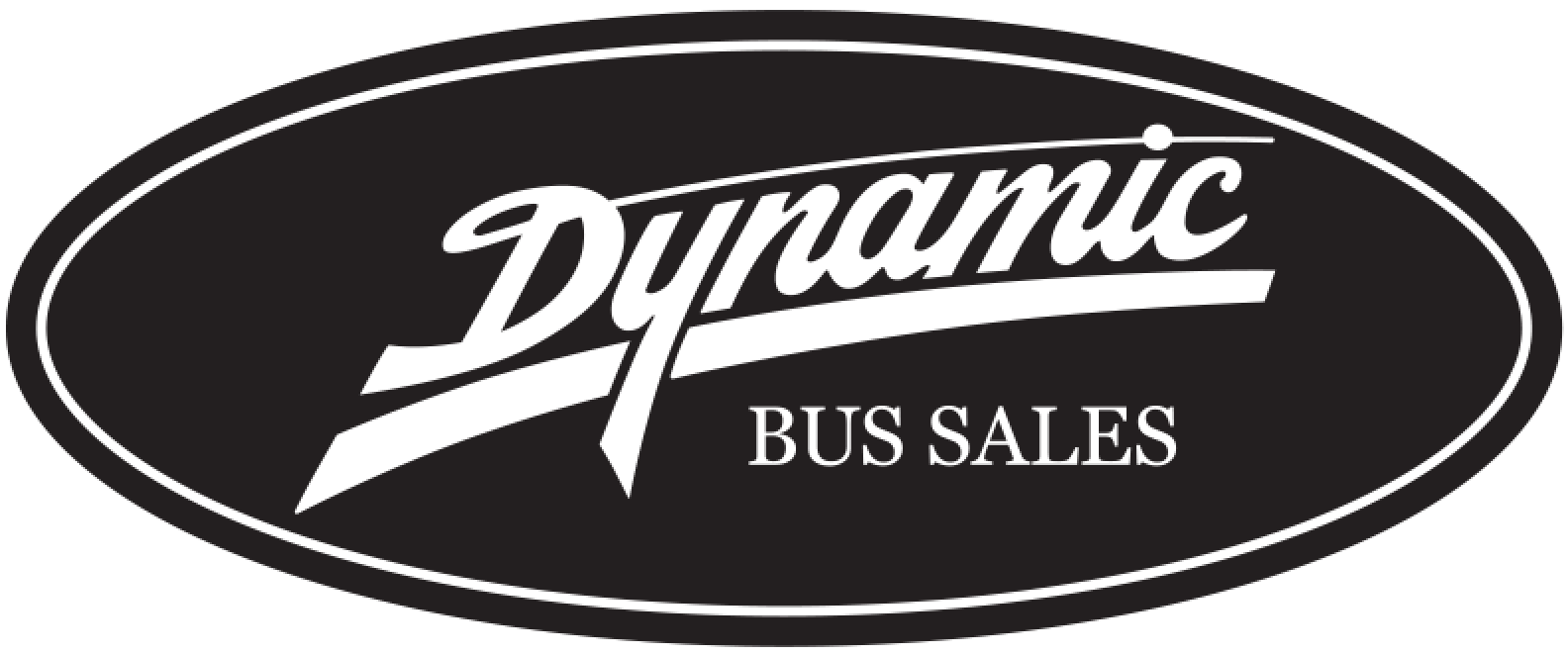Common Bus Customizations
When looking for a bus for your company, don’t forget that customization is always an option – and may be the best options depending on the needs of your business. Customizations can include things such as engine type, chassis, seat style and amount, storage, flooring, and so much more.
Engine type. Would your preference be for gas, diesel, or maybe an alternative fuel? Depending on how far you intend to drive your bus per year may help to determine which option is the best for you. Diesel usually comes with an upcharge, but would be better for high use vehicles. Some alternate fuels are available such as propane, compressed natural gas, or electricity. Alternative fuel engines are often pricier to set up.
The chassis – that is, the base of the bus that the conversion portion is built upon, are often Ford or Chevrolet for commercial busses. However, other brands such as ProMaster, Dodge, and Mercedes chassis started to become more prevalent.
The amount of seating in your bus will be determined by how many passengers you intend to carry at one time. There are several seat types you can choose from for your customization such as vinyl, cloth, leather, or anti-microbial fabrics. Another option for seats is the choice between mid-back or high-back versions.
Storage options can include both overhead and rear storage options, as well as under-bay storage for large busses. It is important to ensure that the amount of storage suits the amount of passengers you will have at once.
Flooring options for busses include a variety of colours and patterns – many of which are expertly crafted to avoid showing dust and dirt which may accumulate.
Additionally, convenience features should be considered. This would include items such as reading lights, stereo, power inverters at the seats, and in some busses even a restroom may be beneficial.
Because of the endless amounts of options, it’s a good idea to start thinking ahead for what you may want to customize on your next bus to ensure the bus meets the exact requirements of the job it needs to do.

